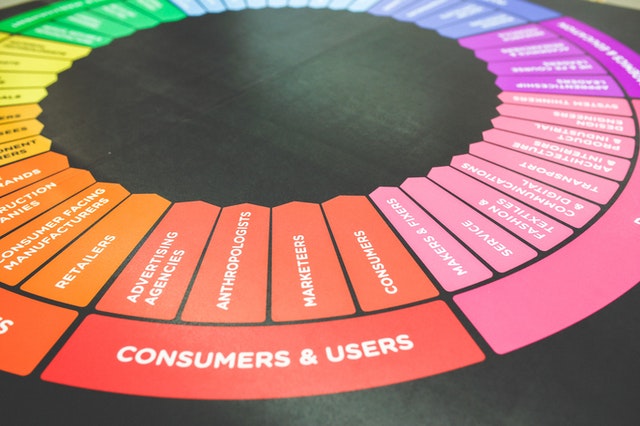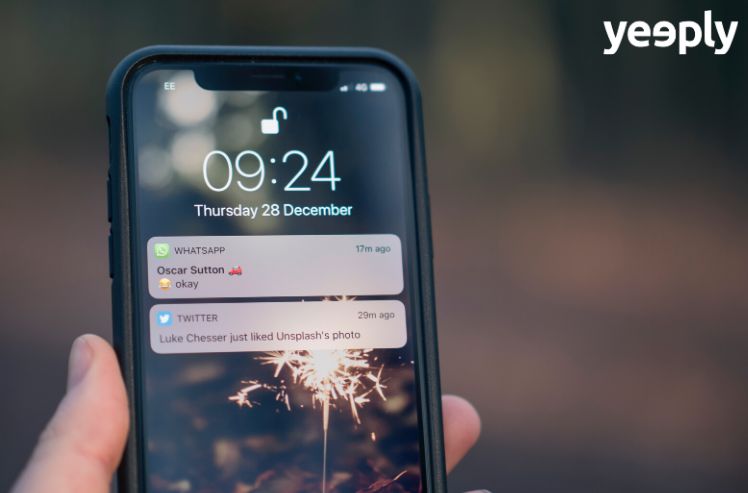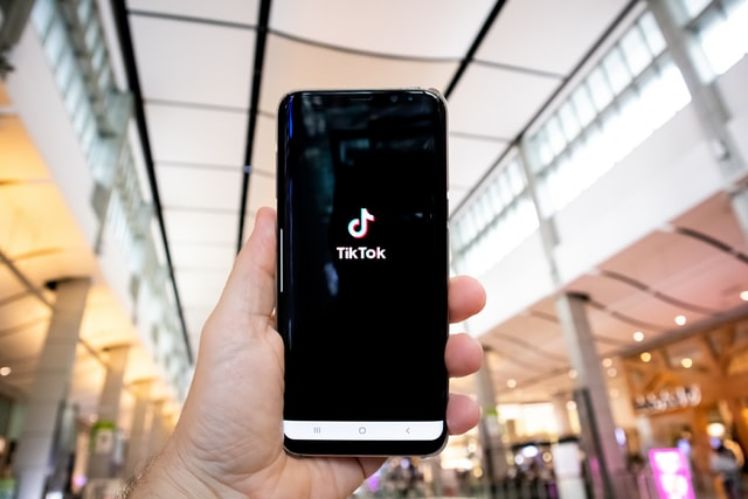Is there any way to know for certain if our app is successful or not? Yes: by making use of metrics. There are many variables in the world of mobile applications that can be measured and apply to our mobile marketing strategy. However, it’s also important − in addition to their measurement − to understand them and to know how they are related to improving our product. We will now be focusing on 3 very important metrics to take into consideration when designing a mobile marketing strategy: we are speaking about Retention Rate, Churn Rate and Life Time Value (or LTV).

Source: Pinterest
3 App Marketing metrics for your mobile marketing strategy
1) Retention Rate
The Retention Rate is the percentage of users returning to our app within a certain period of time after its initial installation.
The more useful our app is for our users, the more likely it is that they will come back to it to use it and that it will not be uninstalled.
This metric helps us determine whether users are using our app, i.e. whether our app is successful among users or not. If we notice that the Retention Rate is very low, we’ll have to redefine our product to try to maintain the maximum possible amount of potential users while continuing to increase the number of conversions.
Let’s illustrate this with an example. Let’s say we want to know our app’s user Retention Rate a month after its latest update and let’s say that the day we updated our app it was downloaded 1,000 times and that 30 days after there are 35 users who launch our app: in such case our app’s Retention Rate will be 3.5%.
Attracting new users is usually more expensive than retaining those we already have or promoting customer loyalty. Therefore, it’s very important to achieve a high Retention Rate and optimise our mobile marketing strategy accordingly if necessary. Check the following link to find out some tips for increasing user Retention Rate.
2) Churn Rate
Churn Rate is the just opposite of Retention Rate: it determines the percentage of users that our app has lost over a given period of time. It’s usually measured on a monthly basis. Logically, its value can never be zero or negative, as we cannot lose more users than have been registered.
Let’s see an example, while not forgetting that − as shown by the data released in London’s App Promotion Summit last July 9, 2015 − up to 80% of all apps that are downloaded will only be used once. If our app currently features 1,000 users, it’s mathematically possible to lose all those 1,000 users during the current month, but we will lose on average 80% of them according to statistics. This means that we’ll lose up to 800 of these 1,000 registered users. This is the harsh meaning of a Churn Rate of 80%.
The problem is that there are far too many applications in App Store and in Google Play that suffer from such high percentages. In such cases we speak of zombie applications. When we detect a high bounce rate, it’s important to take a break from our current tasks and devote time to analyse and understand the reasons why users aren’t using our app. We must identify the problem and redefine the product because users may uninstall it at any time. And an application without users makes no sense at all.
3) Life Time Value (LTV)
LTV is a very important metric. Perhaps even the most important of them all. It’s the one which tells us how much we can afford to invest in acquiring new users for our app. We’ll only know if a given CPI is expensive or not if we know the users’ LTV, i.e. the amount of revenue generated by a user throughout his lifespan as a user of the app. Our acquisition strategy will not be sustainable if the CPI is above our users’ LTV. It will only be profitable if it’s below the LTV, regardless of whether the CPI is € 0.20 or € 5.
To calculate the LTV we need to measure first the ARPU (Average Revenue Per User), i.e. the revenue generated by a user over a certain period of time. It’s calculated by dividing the amount of revenue (obtained via in-app purchases, in-app advertising, subscriptions or paid-for downloads) by the number of active users during a certain period of time.
If our app’s average revenue per user is € 2 and its bounce rate is 80%, then the LTV of our users would be € 2.5. Any investment in acquiring new users above this price will not be profitable to us.
Bottom line
When performing actions related to your mobile marketing strategy, you have to take well into account that we have to measure all kinds of initiatives to know what is working and what is not. And let’s not forget that measuring everything is of little use if we don’t know how to interpret it to make strategic decisions.










